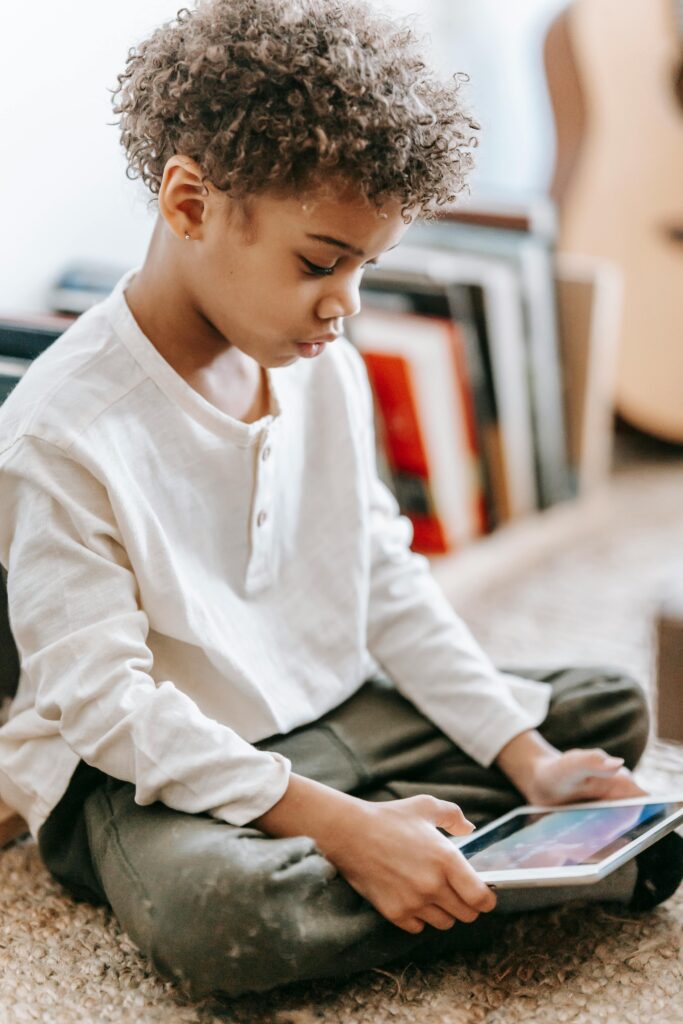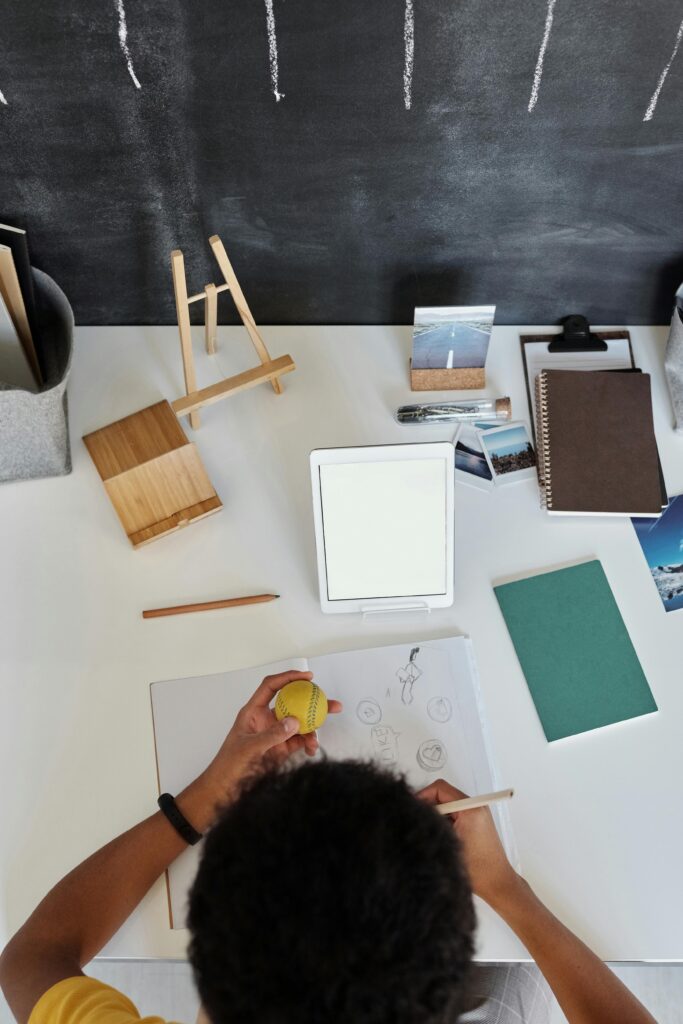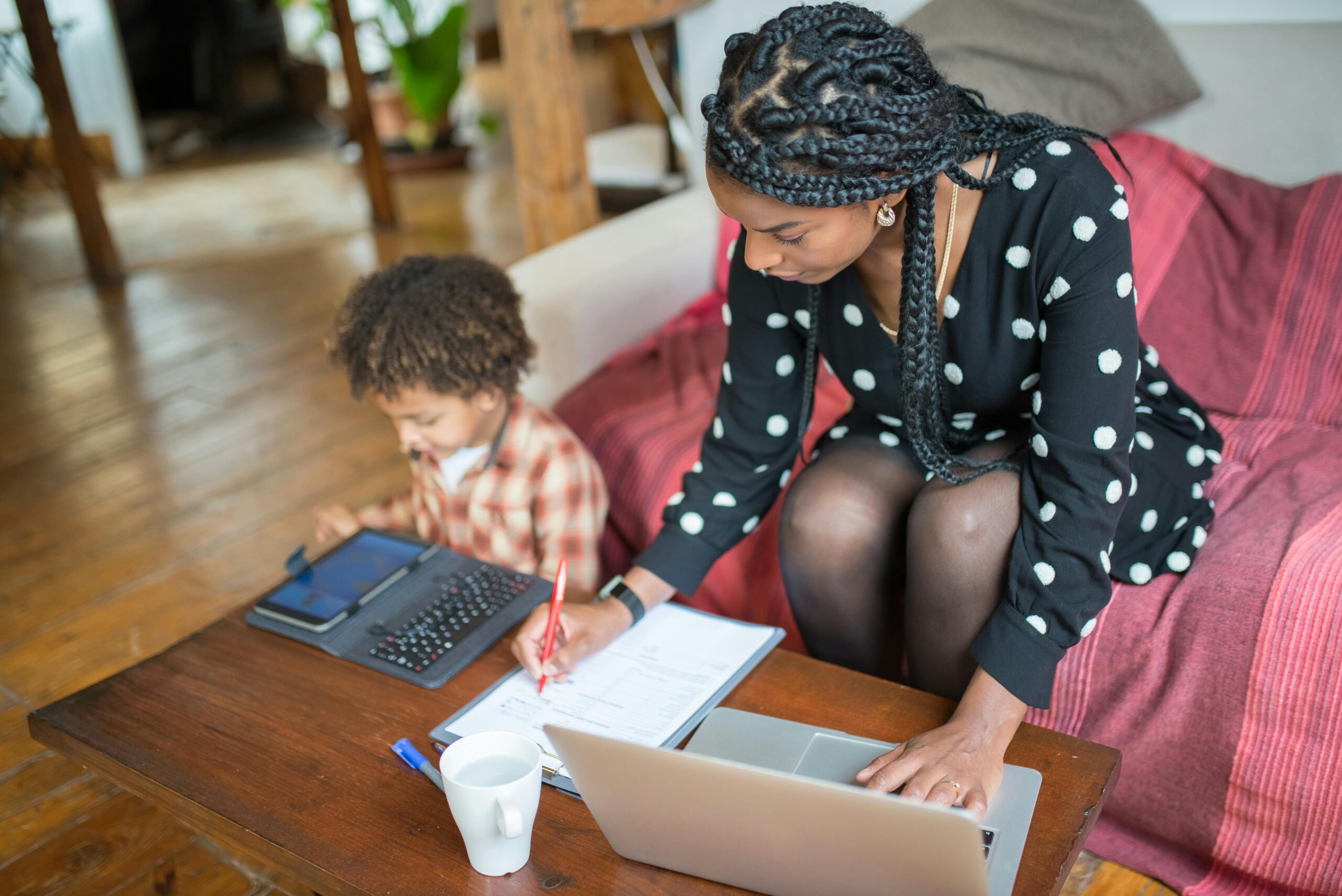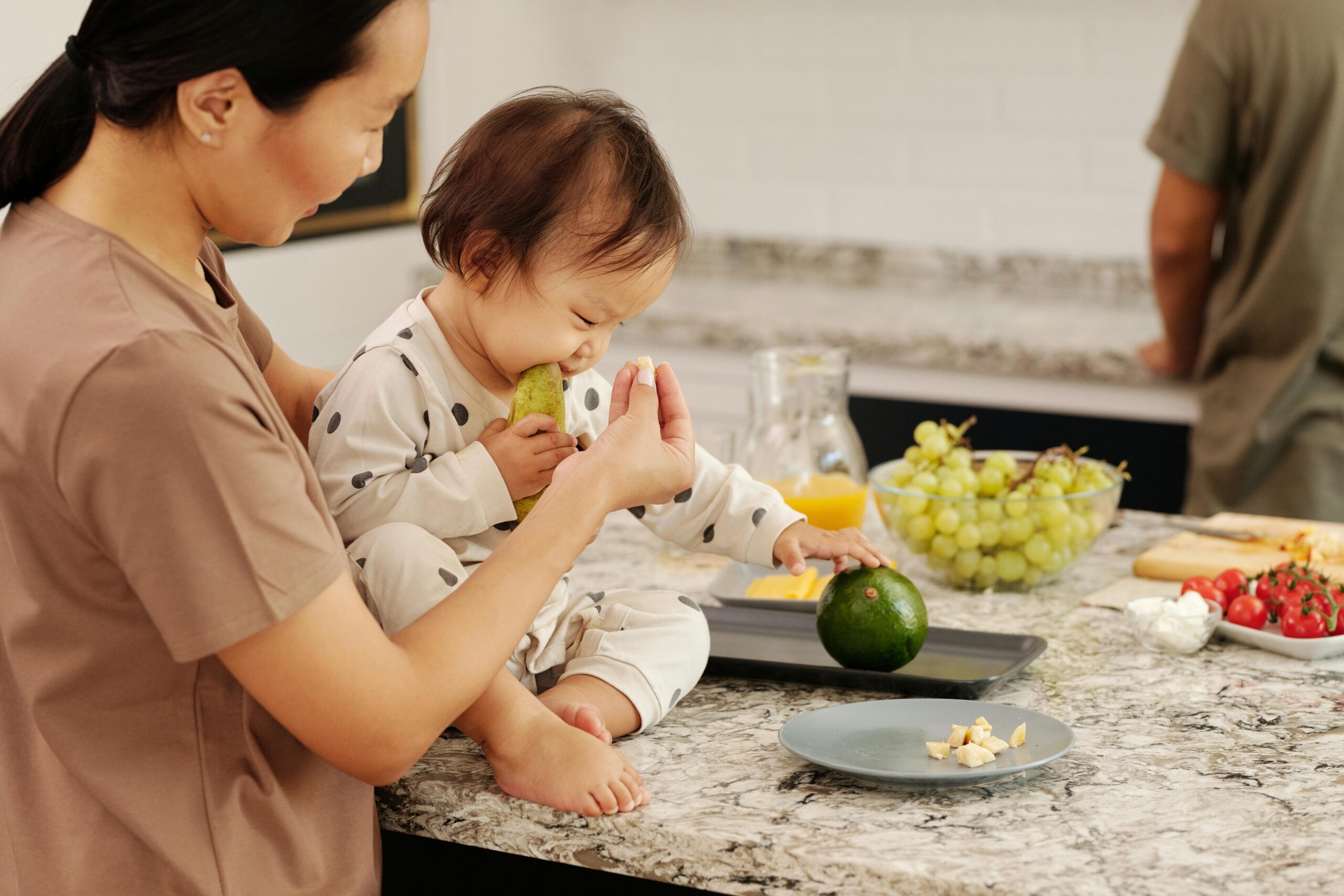Managing screen time in a modern family can feel like walking a tightrope. Between online classes, YouTube cartoons, video games, and family movies, screens are everywhere. As a mother, I’ve had to ask myself: How do I set healthy limits without turning screen time into a constant battle?
After experimenting, failing, and adjusting, I’ve discovered a screen time system that works for my family—one built on balance, flexibility, and intentional habits. If you’re looking for screen time rules that are realistic and easy to stick to, this post is for you.
1. We Set Daily Screen Time Limits—But Stay Flexible
In our home, we follow a simple, age-appropriate rule:
- Weekdays: 1 hour of recreational screen time
- Weekends: Up to 2 hours
This does not include online classes, video calls with relatives, or schoolwork. I’ve noticed that structure actually makes my child feel more secure. But if my child has been especially cooperative, active, or helpful, I may allow an extra 15–30 minutes as a reward—while reminding them that this is an occasional treat, not a daily pattern.
Why it works: Kids thrive on structure, but flexibility keeps things from turning into a power struggle.

2. Responsibilities Always Come Before Screens
We follow a “First This, Then That” approach. Before screen time, my child must complete their:
- Morning hygiene routine (brushing, washing face, dressing)
- Homework or online learning
- Assigned chores (like feeding the pet or tidying up toys)
- Physical activity or outdoor play
Only then do we allow screen time. This rule encourages time management, teaches the value of work before play, and builds natural routines.
Tip: We often post a visual checklist on the wall to help little ones track their progress.
3. Certain Spaces Are Screen-Free Zones
To reduce dependency and distractions, we’ve made some areas of the house screen-free:
- Dining Table: We keep mealtimes sacred and screen-free. It’s our chance to catch up, tell stories, and bond.
- Bedrooms: This promotes better sleep and fewer nighttime disruptions.
- Bathrooms: Screens and water don’t mix—and we want to keep those habits healthy.
These boundaries help our child associate screens with specific spaces, not every moment or every corner of the house.
4. We Watch Together Whenever Possible
Instead of letting screens isolate us, we often choose to watch something together—like a cartoon episode, a nature documentary, or even a family-friendly movie on the weekend.
We use this as a time to:
- Talk about characters and stories
- Laugh or comment during the show
- Pause and discuss emotional or educational moments
Why it helps: It turns screen time into quality time, not just a solitary activity.
5. We Always Talk About What They Watch
After screen time ends, I usually ask a few simple questions:
- What did you watch today?
- What was your favorite part?
- Did anything confuse or scare you?
- Did you learn something new?
This encourages reflection, emotional intelligence, and even language skills. It also helps me stay aware of the types of content my child is consuming—even if I didn’t watch with them.

6. No Screens Before Bedtime
Screens before bed are a strict no in our house. We turn off all digital devices at least 1 hour before bedtime. Instead, we have a wind-down routine that includes:
- A warm bath
- Pajamas and brushing teeth
- A bedtime story or quiet play
- Gentle snuggles and conversation
This promotes better sleep, reduces overstimulation, and creates a calming end to the day.
7. We Lead by Example as Parents
Children notice everything. That’s why I try to model the kind of digital behavior I expect from my child. This means:
- Putting my phone away during meals
- Not scrolling aimlessly when my child is talking
- Taking regular “tech breaks” or social media detox days
- Choosing books or crafts over screens when I have downtime
When we model balance, kids learn to adopt it naturally.
8. We Use a Visual Schedule to Set Expectations
Younger children often struggle with abstract time concepts. That’s why we use a visual daily schedule that includes:
- Icons for chores, learning time, playtime, and screen time
- A reward/star system to track behavior and effort
- Clear transitions between activities
This reduces arguments because my child can see exactly when screen time is coming and what needs to be done first.
Bonus: It also builds independence and routine-following skills.

9. Educational Screen Time Gets Extra Credit
If my child wants to explore something educational—like watching a documentary, doing a math game, or trying a drawing tutorial—I may allow extra screen time. This is especially true if they’re showing genuine curiosity.
However, I still supervise and guide the content to make sure it’s age-appropriate, engaging, and safe.
10. We Take Intentional Screen-Free Days
Once a week—or whenever we feel the need—we unplug completely. These are our screen-free days, when we:
- Go for a nature walk
- Bake something fun
- Play board games
- Visit friends or relatives
- Make crafts or read books together
It reminds us that real-world fun can be just as rewarding as anything on a screen.

Final Thoughts: It’s About Balance, Not Perfection
There’s no one-size-fits-all approach to screen time. Every child and every family is different. What matters is being intentional, consistent, and loving in how you guide your child’s digital habits.
By setting clear expectations, involving your child in the rules, and creating a healthy mix of on- and off-screen activities, you can build a routine that supports your child’s development and keeps the peace at home.
Frequently Asked Questions (FAQ)
What are the recommended screen time limits for children?
For children aged 2–5 years, the American Academy of Pediatrics suggests no more than 1 hour per day of high-quality programming. For older children, balance is key. Make sure screen time doesn’t interfere with sleep, physical activity, or social time.
What if my child throws tantrums when screen time ends?
Use a countdown timer or visual warning 5–10 minutes before screen time ends. Offer a fun or calming transition activity like drawing, a snack, or outdoor play. Consistency over time helps reduce resistance.
Should screens be allowed during meals?
Ideally, no. Mealtime is a valuable opportunity for conversation, bonding, and developing mindful eating habits. Try to keep devices off the table for both kids and adults.
What if screen time is needed for learning?
Learning-related screen time—like school assignments, virtual classes, or educational games—can be treated separately from entertainment. Clarify with your child which types of screen time “count” toward their daily limit.
Can screen time ever be good?
Absolutely! Screen time can enhance creativity, learning, and connection when used with purpose. The key is intentional use—where you supervise, guide, and engage with what your child is watching or doing.








